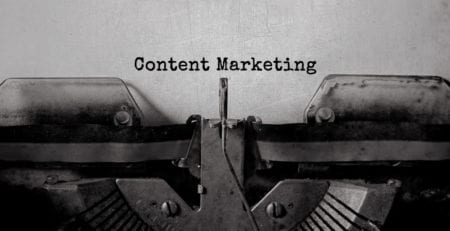Every business has a hard time targeting the right audience and, just as important, getting the public’s attention long enough to take real action. After all, the periods of consumer attention have now declined to just eight seconds from a whopping 12 seconds less than two decades ago.
But blaming consumers for lack of interest in your digital marketing efforts is not going to solve the problem. Nor all those tools that keep you informed of every click, like, and share. They only serve to confirm that something is not working, but they do not do anything to tell you how to really improve performance.
The creativity that inspires action is always essential to improve response rates. Even the most subtle mistake can prevent consumers from doing what you want them to do.
If your response rate is below expectations, do not rush to revise your marketing strategy or media spend. Instead, check for some of the less obvious mistakes that follow.
In addition, consumers do not see your messages voluntarily. Countless ads and articles appear in their search results or distract them as they check email and social media feeds. They certainly do not care enough to click on a cute or vague title just to see what you are offering.
Alternatively, a clear, benefit-oriented title, such as “How to Improve Marketing Response Rates,” will surpass virtually one clever every time. And the title is critical: an article on Upworthy can generate up to 500% more traffic with a good title compared to a bad one, according to co-founder Peter Koechley.
2. According to the lifestyle photography
We often judge people on the mere appearance, so it makes sense for consumers to make assumptions about a brand based on the people photographed in its marketing campaign. Instinctive consumer reactions to these types of images can even discourage them from doing business with a brand.
Say, for example, that you come across an advertisement for a beach resort with two hipsters – him with his beard and bun unduly capped, she in her shapely cardigan and her ironically hideous glasses – around a lake on two bikes. What do you think this picture says about his clientele? A seemingly innocuous photo may end up alienating a large part of the station’s target audience.
If you use real photos of real people, make sure they represent as many members of your target demographic as possible. Or use images that do not push consumers to draw conclusions about your brand.
With a few exceptions, the use of lifestyle photography as a primary visual generates fewer reactions than ads without photography at all.
3. Bury the call to action
A well-placed call to action is the lifeblood of a marketing campaign. If your DEC is vague or hidden, how do you expect consumers to take the desired action?
I have seen too many CTAs that look like the designer who pressed them after the fact. In other words, make your CTA as visible as possible. Each item in the ad, the landing page, and the website should guide the reader to the desired result. If you want consumers to call, tell them. Follow the request with your phone number. There is nothing wrong with informing consumers about the next steps.
You want to make everything as clear as possible.
4. Involving effort or work
We have a saying to our agency: “Work is a four-letter word.” Any insinuation of effort or work – even involuntary – will hurt response rates.
I remember an announcement I wrote a while back that highlighted the “easy five-minute installation” of a product. He failed because of the mere mention of time.
To avoid this problem, take a step back to see your message through this goal: Consumers do not just want something easy or fast; what they are looking for is instantaneous and automatic.
So think twice before saying anything about the time or hassle in your copy. It’ll come back to bite you.





